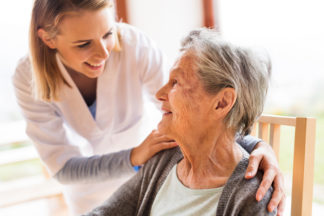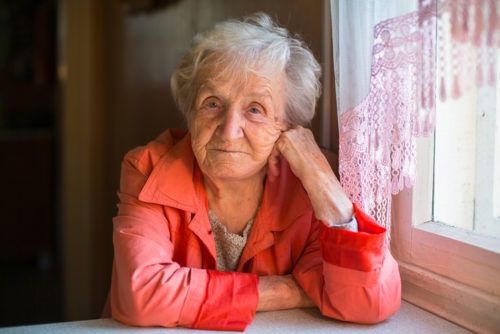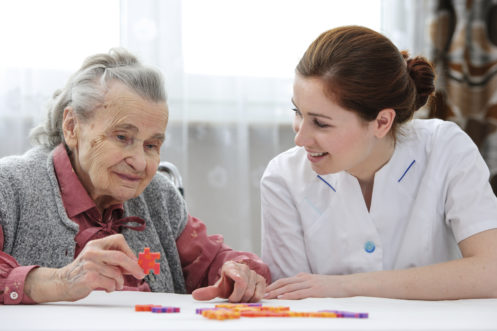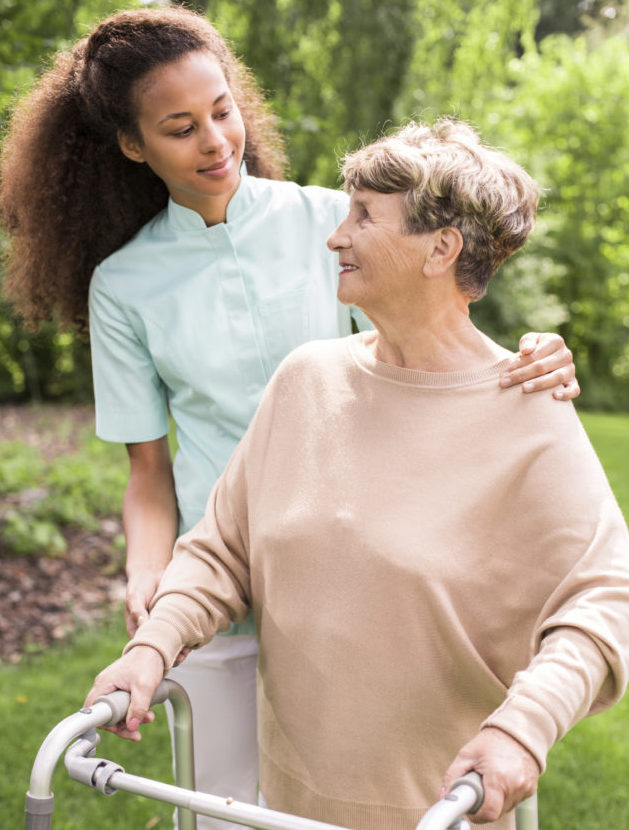Providing excellent care for another person is not always an easy task.
However, the good news is that there are simple practices you can incorporate into your daily routine that will make you an even better caregiver. These are also traits to look for in caregivers you will work with from any home care agency.
In this post, we will uncover 5 practices of the best caregivers. This should help you spot the best caregivers for your loved one.
1. Lifelong Learners
Acting as a lifelong learner takes many forms. The best caregivers know that there is no end to learning new skills and care techniques. Research in the medical field around caregiving and its’ best practices constantly changes and evolves.
You don’t have to read voluminous research articles to keep up to date on these new advances. The US News and Health Report for instance has a Senior Health section you can refer to for up-to-date and yet simplified information on advances in senior care. A quick daily skim of the headlines in such publications should keep you abreast with the best knowledge.
Another way to learn is to take continuing education classes. Find out if your local community college, fire department, public health department or even your favorite in home care provider has continuing education classes that help you sharpen your skills as a caregiver.
2. A “Can Do” Attitude
Growth happens when we are willing to move outside our comfort zones.
In a study by Angela Duckworth , she found that talented school children who lacked what she calls “grit” – passion and perseverance to follow through with an original goal – were more likely to not reach their highest potential. Children who were less talented yet possessed perseverance to overcome obstacle often performed better.
This idea of “grit” does not apply to children alone !
Having an attitude that says “we can overcome any challenge we face” puts a caregiver in a state of mind to keep learning and trying new things. It is also this kind of grit that allows you to work with your family and home care agency as a team to arrive at the best care solutions for your loved one.
3. A Great Communicator
The best caregivers are also great communicators. It is imparitive a caregiver share observations and communicate changes in your loved one’s behavior, physical, or mental conditions.
It is a best practice to keep a daily note log to record activities, medication reminders, and important observations.
PLEASE NOTE : If you are not the primary caregiver, then it is extremely important to look for this particular trait in your in-home caregivers. Great communication could save the life of your loved one.
4. Proper Lifting Techniques
Improper lifting techniques lead to a myriad of life long health problems. If you have a loved one who has impaired mobility, it is important that you learn proper lift and transfer techniques so that you do not inadvertently injure yourself trying to help him.
Use a transfer or gait belt to help you transfer or lift your loved one. Here is an overview of how to use one.
- Put the gait belt around the client’s waist over his/her clothing and buckle it properly in the front
- Ensure the belt is snug with just enough room underneath to maneuver your fingers
- Keeping your back straight, bend your knees and grip the belt tightly
- Lift or move the client using your arm and leg muscles
- Transfer client into the appropriate position
- Remove the gait belt once the transfer is complete
Practice lifting with your knees and elbows and the proper use of your center of gravity. You want to avoid lifting with your back muscles.
If you decide to purchase a Hoyer Lift to assist with movements, please make sure to receive proper training on the equipment to avoid any accidents. If your loved one is on Medicare, part of the cost of a Hoyer Lift may be covered if prescribed by a doctor.
Practicing better lifting techniques protects you and your loved one.
5. A Caregiver is Completely Dependable
Reliability is a key attribute of the best caregivers! Often, people who receive care cannot be left alone. Dependable caregivers communicate possible schedule conflicts ahead of time, and make sure the wellbeing of their charge is first priority.
Great caregivers never want to cause stress for their clients or client’s family members. They understand others depend on them, and need to count on scheduled times.
Closing Thoughts
In this post, you have been introduced to the 5 best practices for caregivers: whether that is you or a hired caregiver.
Did you find this post useful ? Bookmark it or share it with someone who might need it.










